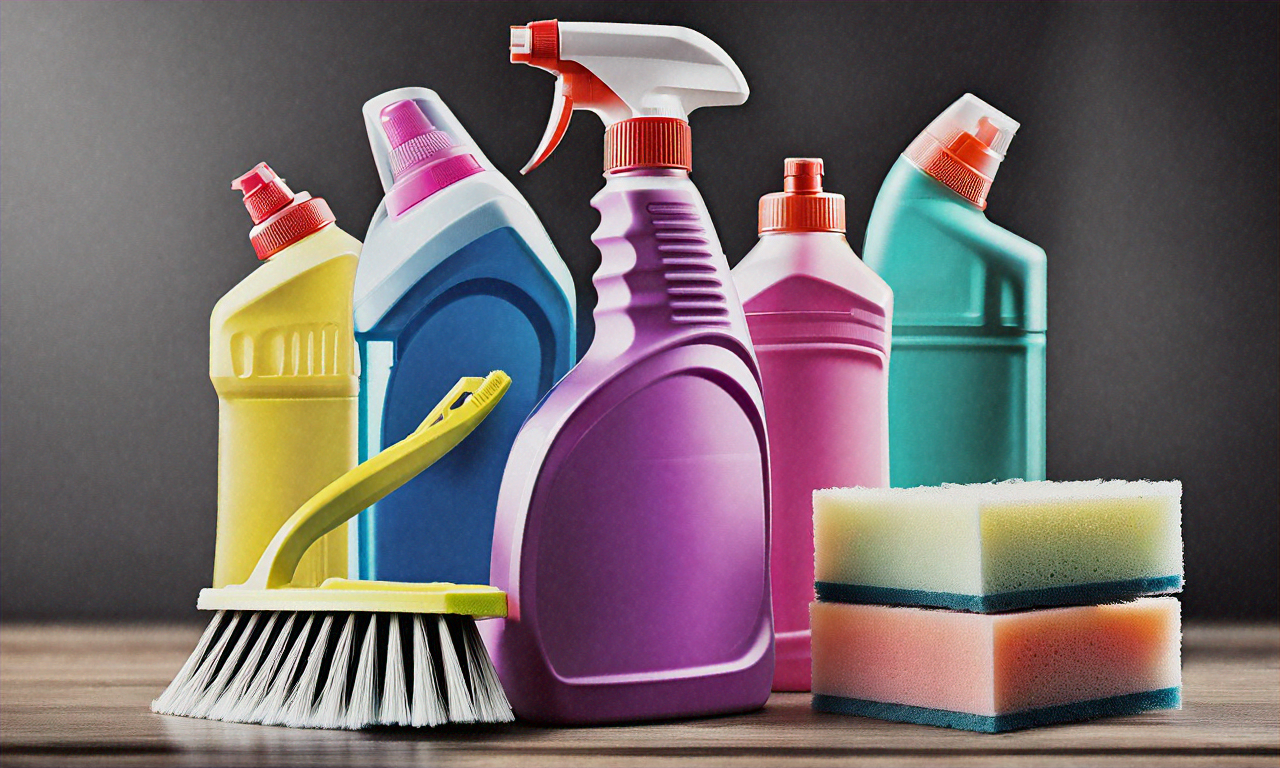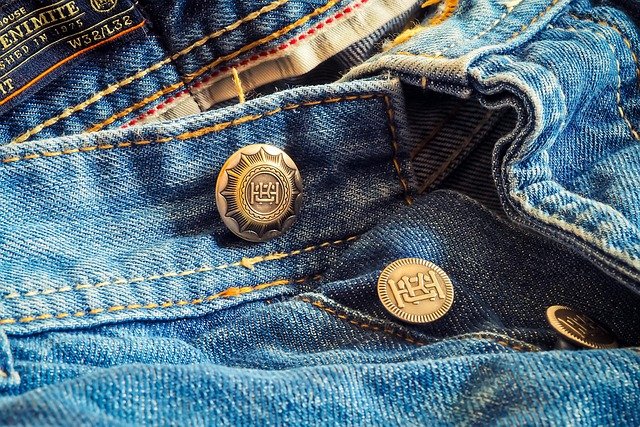New Era Of Cleaning Sprays: Discover the Best Spray Cleaners for Every Surface
The cleaning industry has evolved dramatically with innovative spray cleaners designed for various surfaces. From kitchens to cars, these versatile products offer convenience and effectiveness that traditional cleaning methods often lack. Understanding the different types available and their specific applications can transform your cleaning routine and deliver superior results across multiple surfaces.

The world of cleaning products has undergone a remarkable transformation in recent years. Modern spray cleaners have revolutionized how we approach surface maintenance, offering specialized formulations that tackle specific cleaning challenges with unprecedented efficiency. Whether for household surfaces, vehicles, or industrial applications, today’s spray cleaners combine advanced chemistry with user-friendly designs to deliver superior results while minimizing effort and environmental impact.
Types of Spray Cleaners for Different Surfaces
Spray cleaners come in various formulations, each designed to address specific cleaning needs and surface types. All-purpose spray cleaners offer versatility for everyday cleaning tasks, while specialized formulations target particular surfaces and contaminants. Glass and window sprays contain alcohol or vinegar to eliminate streaks and provide crystal-clear results. Kitchen sprays incorporate degreasers to cut through cooking residue and food spills effectively.
For bathrooms, specialized sprays contain agents that dissolve soap scum, hard water deposits, and mildew. Automotive spray cleaners are formulated to protect vehicle finishes while removing road grime, bugs, and environmental contaminants. Many feature protective polymers that enhance shine and provide a barrier against future dirt accumulation. Upholstery and fabric sprays are designed with gentle yet effective formulas that lift stains without damaging delicate materials.
Benefits of Using Spray Cleaners
The popularity of spray cleaners stems from their numerous advantages over traditional cleaning methods. Their precision application significantly reduces product waste by delivering the exact amount needed directly to the target area. This controlled dispensing not only conserves cleaning solution but also minimizes chemical exposure and environmental impact. The fine mist produced by quality spray mechanisms ensures even distribution across surfaces, eliminating the need for excessive scrubbing.
Spray cleaners also offer remarkable time efficiency, as their formulations typically require minimal dwell time before wiping. Many modern products feature no-rinse formulas that further streamline the cleaning process. For hard-to-reach areas, spray applicators allow cleaning solution to penetrate crevices and corners that might be inaccessible with traditional methods. Additionally, many contemporary spray cleaners incorporate antimicrobial ingredients that continue working after application, providing lasting protection against germs and bacteria.
Eco-Friendly and Natural Spray Options
As environmental awareness grows, manufacturers have responded with eco-conscious spray cleaning alternatives. Plant-based spray cleaners utilize ingredients derived from renewable resources like citrus, coconut, and corn instead of petroleum-based chemicals. These natural formulations often perform comparably to conventional products while reducing environmental impact and potential health concerns associated with harsh chemicals.
Biodegradable spray cleaners break down naturally after use, minimizing their environmental footprint. Many eco-friendly options come in recyclable or refillable packaging to further reduce waste. For those concerned about indoor air quality, low-VOC (volatile organic compound) spray cleaners minimize harmful emissions that can affect respiratory health. Some manufacturers have even developed concentrated spray cleaner refills that dramatically reduce packaging waste and transportation emissions.
Choosing the Right Spray Cleaner
Selecting the appropriate spray cleaner requires consideration of several factors. Surface compatibility is paramount—using the wrong product can damage delicate materials. Always check manufacturer recommendations and test in an inconspicuous area first. Consider the specific contaminants you’re targeting; different soils require different cleaning chemistries to dissolve effectively.
For households with children, pets, or individuals with sensitivities, look for hypoallergenic formulations and child-safe packaging. Application method matters too—some sprays work best with microfiber cloths, while others require paper towels or specific applicators for optimal results. For frequent cleaning tasks, consider concentrate systems that allow you to mix your own solution, reducing both cost and environmental impact from packaging.
Comparison of Popular Spray Cleaners
The market offers numerous spray cleaning products with varying features and capabilities. Understanding their differences helps in making informed purchasing decisions.
| Product Type | Best For | Key Ingredients | Environmental Impact | Average Price Range |
|---|---|---|---|---|
| All-Purpose Sprays | Multiple surfaces | Surfactants, solvents | Moderate | $3-$8 |
| Glass Cleaners | Windows, mirrors | Ammonia or vinegar | Low to moderate | $2-$6 |
| Degreasing Sprays | Kitchen, engines | Citrus oils, alcohols | Moderate | $4-$10 |
| Bathroom Sprays | Tiles, fixtures | Acids, quaternary compounds | Moderate to high | $3-$9 |
| Car Detailing Sprays | Vehicle exteriors | Polymers, waxes | Moderate | $7-$20 |
| Eco-Friendly Sprays | Various surfaces | Plant-based ingredients | Low | $5-$12 |
Prices, rates, or cost estimates mentioned in this article are based on the latest available information but may change over time. Independent research is advised before making financial decisions.
Proper Application Techniques
Even the most advanced spray cleaners require proper application to achieve optimal results. Distance matters—holding the spray nozzle too close concentrates product in a small area, while spraying from too far away can result in uneven coverage and wasted product. Most manufacturers recommend holding the spray bottle 6-10 inches from the surface for ideal distribution.
Timing also plays a crucial role in cleaning effectiveness. Some formulations work instantly, while others require dwell time to break down stubborn soils. Always follow label instructions regarding how long to let products sit before wiping. For vertical surfaces, spray from bottom to top to prevent streaking as the solution runs down. When cleaning electronics or surfaces with electrical components, never spray directly onto the item—instead, apply the cleaner to your cloth first to prevent damage from moisture intrusion.
The cleaning industry continues to innovate with spray cleaners that combine powerful performance with increasing environmental responsibility. From specialized formulations for specific surfaces to multi-purpose solutions that simplify cleaning routines, today’s spray cleaners offer remarkable versatility and effectiveness. By understanding the different types available and selecting products appropriate for your specific needs, you can achieve superior cleaning results while protecting both your valuable surfaces and the environment. As technology advances, we can expect even more sophisticated spray cleaning solutions that further enhance convenience, effectiveness, and sustainability.




